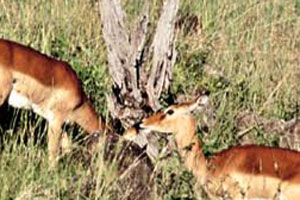If we took a plane trip at low altitude from the north pole to the south pole and looked out the window during the entire flight, we would doubtlessly notice countless changes in the landscape’s physiognomy. More than the changes brought on by the action of man, vegetation would give us an indication of the climatic conditions and organisms that inhabit the different zones we travel through. A notorious range of colors, from the absolute white of the poles to the infinite green on the rainforest.
This imaginary journey reveals, analyzing vegetation alone, the existence of clearly marked ecological zones, depending on latitude. For their study, scientists have determined the existence of seven main terrestrial biomes: tundra, taiga, temperate forests, grasslands, Mediterranean brush (chaparral), deserts and tropical rainforests. However, this classification tends to be more exact, telling apart a few subdivisions within the aforementioned biomes.
For our analysis, we identify eleven types of biomes, arranged by their latitudinal location.This way, within cold biomes, we analyze the tundra and taiga; in temperate biomes, we study the deciduous forest, coniferous forest, mixed forest, sclerophyll forest, Mediterranean brush or shrubland and the temperate grasslands. While, finally, in tropical biomes we define the main characteristics of the desert, the tropical grasslands (savannahs) and the tropical forests.
The conditions that develop according to a location’s altitude regardless of their latitude, deserve a separate mention. As we ascend from the shore up the mountain slopes, we observe important changes in the species that inhabit them, be they animal or vegetable. Due to this, high altitude or high mountains must also be considered a relevant ecological zone.








 Muere Evita
Muere Evita